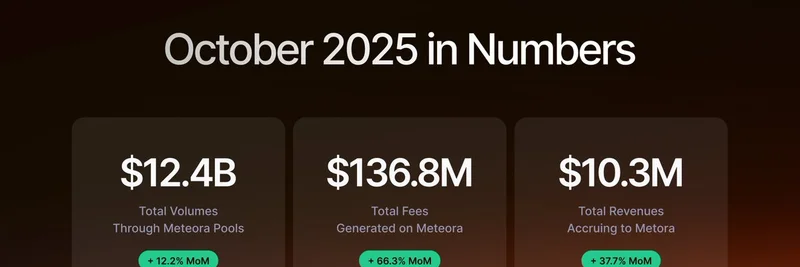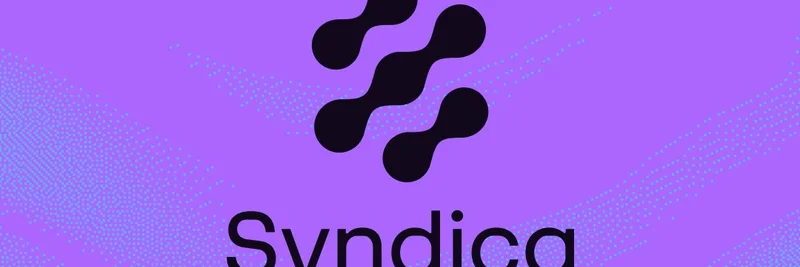What this guide covers
This article compiles what’s publicly verifiable about the FLOCKAI token using the contract 0x4425eaca50001f805a62d32807605697006ce79a on BNB Smart Chain (BSC). You’ll find a quick identity check, on-chain resources, trading pointers, and a safety checklist to help you do your own research (DYOR).
If you’re new to BSC: BEP-20 is BNB Chain’s token standard (similar to ERC‑20 on Ethereum). You can inspect any BEP-20 token’s contract, holders, and transactions via BscScan.
Quick identity check
- Token symbol: FLOCKAI
- Contract: 0x4425eaca50001f805a62d32807605697006ce79a
- Network: BNB Smart Chain (BEP‑20)
- Explorer: See the contract on BscScan
Important: “FLOCKAI” on BNB Chain should not be confused with:
- FLock.io’s FLOCK token on Base. Different chain, different contract, different project.
- The academic “FlockAI” drone research initiative (not a public crypto token).
Because name collisions are common in crypto, always verify by chain and contract address.
What’s known (and unknown) right now
- Public materials: There’s limited, clearly attributable public documentation (no widely cited official site or whitepaper tied to this exact BSC contract at the time of writing).
- Audits: We did not find a widely recognized third‑party audit for this contract. Lack of a public audit is common for newer or smaller tokens but increases risk.
- Tokenomics: Total supply, taxes, burns, or distribution aren’t clearly documented in public sources tied to this contract. You can still infer some data by reading the contract and events on BscScan (see the DYOR section below).
In short: treat this as an early or lightly documented token and proceed with extra caution.
Trading and tracking
Given the contract is on BNB Smart Chain, trading typically happens on BSC DEXs such as PancakeSwap. Some third‑party trackers may show pools on other networks; always double‑check the chain and pair before trading.
PancakeSwap (BSC): You can load the token via this prefilled route link and verify the contract on-screen before swapping:
https://pancakeswap.finance/swap?outputCurrency=0x4425eaca50001f805a62d32807605697006ce79aGeckoTerminal (BSC analytics): Check live pools/liquidity on BSC, for example this BSC pool view:
https://www.geckoterminal.com/bsc/pools/0x5e62c5c224e3538a6d8c2f8b5fb0f6a7f6b99f9fGMGN.AI: For fast memecoin discovery, wallet flows, and execution, you can also track and trade via GMGN’s token page:
https://gmgn.ai/eth/token/fV1R5sZ5_0x4425eaca50001f805a62d32807605697006ce79a
Tips:
- Always confirm you’re on BNB Chain in your wallet before swapping.
- Match the contract address exactly; avoid look‑alike tickers or spoofed pairs.
- Check liquidity depth and recent volume to estimate slippage.
How to verify the contract on BscScan (simple workflow)
- Open the contract page: BscScan: 0x4425…ce79a
- Read contract and token info:
- Total supply and decimals (under “Contract” or “Read Contract” if verified).
- Ownership status: Is the contract owner renounced? If not, what functions can the owner call?
- Tax/fees: Look for functions or variables suggesting buy/sell taxes or maxTx limits.
- Holder distribution:
- Check the top holders tab. Large, concentrated holdings or an unlocked team wallet can be a risk.
- Identify the liquidity pair (LP) holder. If the LP tokens aren’t locked or burned, liquidity could be withdrawn.
- Recent transactions:
- Scan for unusual mint/burn activity, blacklist functions, or sudden large transfers.
If the source code isn’t verified on BscScan, risk increases because community review is harder.
Common risks to consider
- Limited transparency: Without a clear site, whitepaper, or team, it’s harder to assess long‑term viability.
- No public audit: Unaudited contracts can hide critical bugs or malicious functions (e.g., trading blacklists, hidden mints, confiscatory taxes).
- Liquidity risk: Small or unlocked liquidity can lead to heavy slippage or make exits difficult.
- Name confusion: Similar tickers across chains can lead to accidental trades on the wrong asset.
- Volatility: Small‑cap tokens are prone to rapid price swings and temporary pumps or drawdowns.
None of these mean the token is bad by default—but they all warrant cautious sizing and thorough checks.
Practical DYOR checklist
- Contract match: Confirm the BSC contract is 0x4425eaca50001f805a62d32807605697006ce79a before any trade.
- LP status: Use BscScan and pool explorers to see if LP tokens are locked or burned.
- Fees/taxes: Identify buy/sell tax percentages and whether they can be changed by an owner role.
- Trading status: Ensure trading is enabled and not gated by whitelists/blacklists.
- Socials and roadmap: If you find official channels, look for consistent updates, real contributors, and verifiable partnerships.
- Position sizing: Treat this like a high‑risk, early‑stage token; size accordingly and consider test buys.
- Wallet hygiene: Set spend caps (custom approvals) and revoke allowances you no longer need.
Useful links
- Contract on BscScan: https://bscscan.com/address/0x4425eaca50001f805a62d32807605697006ce79a
- PancakeSwap (prefilled with the token): https://pancakeswap.finance/swap?outputCurrency=0x4425eaca50001f805a62d32807605697006ce79a
- GeckoTerminal (BSC pool view): https://www.geckoterminal.com/bsc/pools/0x5e62c5c224e3538a6d8c2f8b5fb0f6a7f6b99f9f
- GMGN.AI token page: https://gmgn.ai/eth/token/fV1R5sZ5_0x4425eaca50001f805a62d32807605697006ce79a
- BNB Chain basics: https://www.bnbchain.org/en
Bottom line
FLOCKAI on BNB Chain appears to be a lightly documented BEP‑20 token. With limited public materials and no widely referenced audit at this time, it sits firmly in the high‑risk bucket. If you choose to engage, verify the exact contract, inspect liquidity and permissions, and use reputable tools for tracking and execution. As always, never invest more than you can afford to lose and keep your on‑chain security practices tight.



